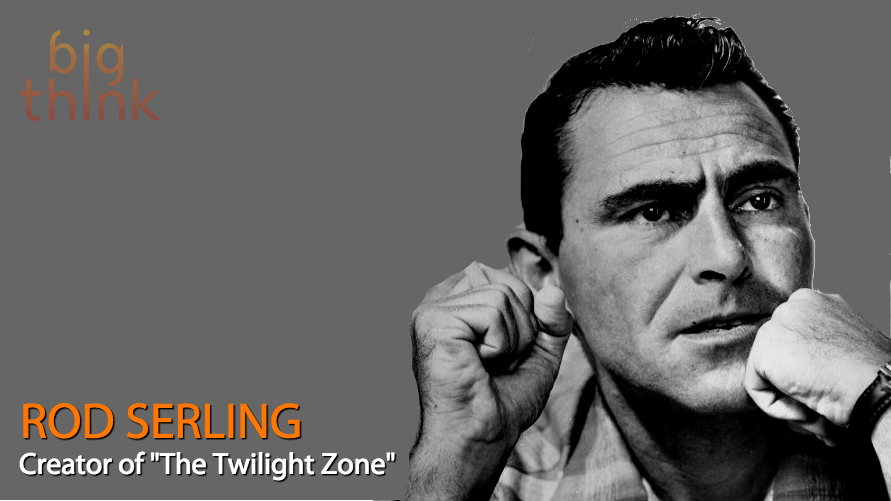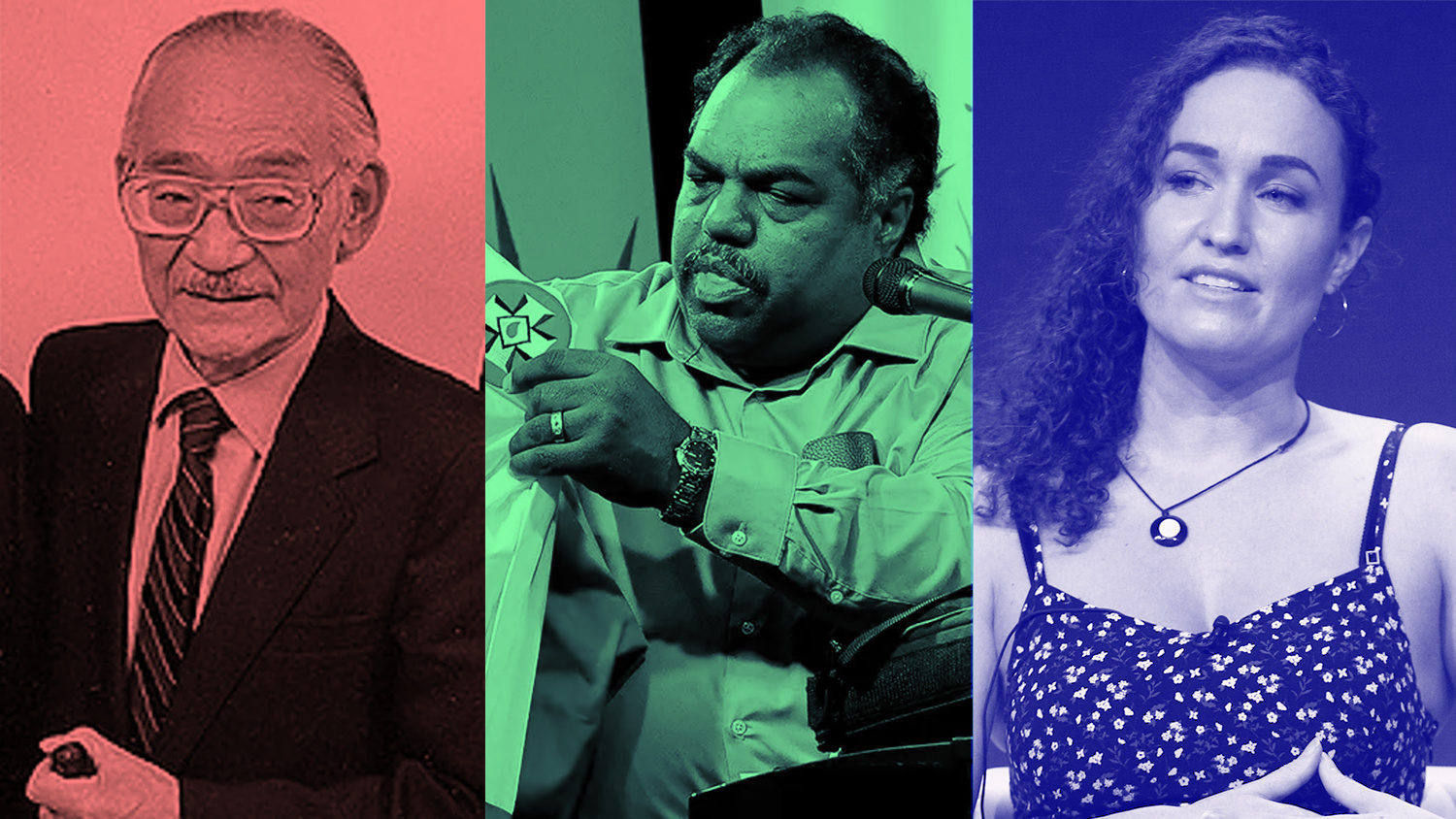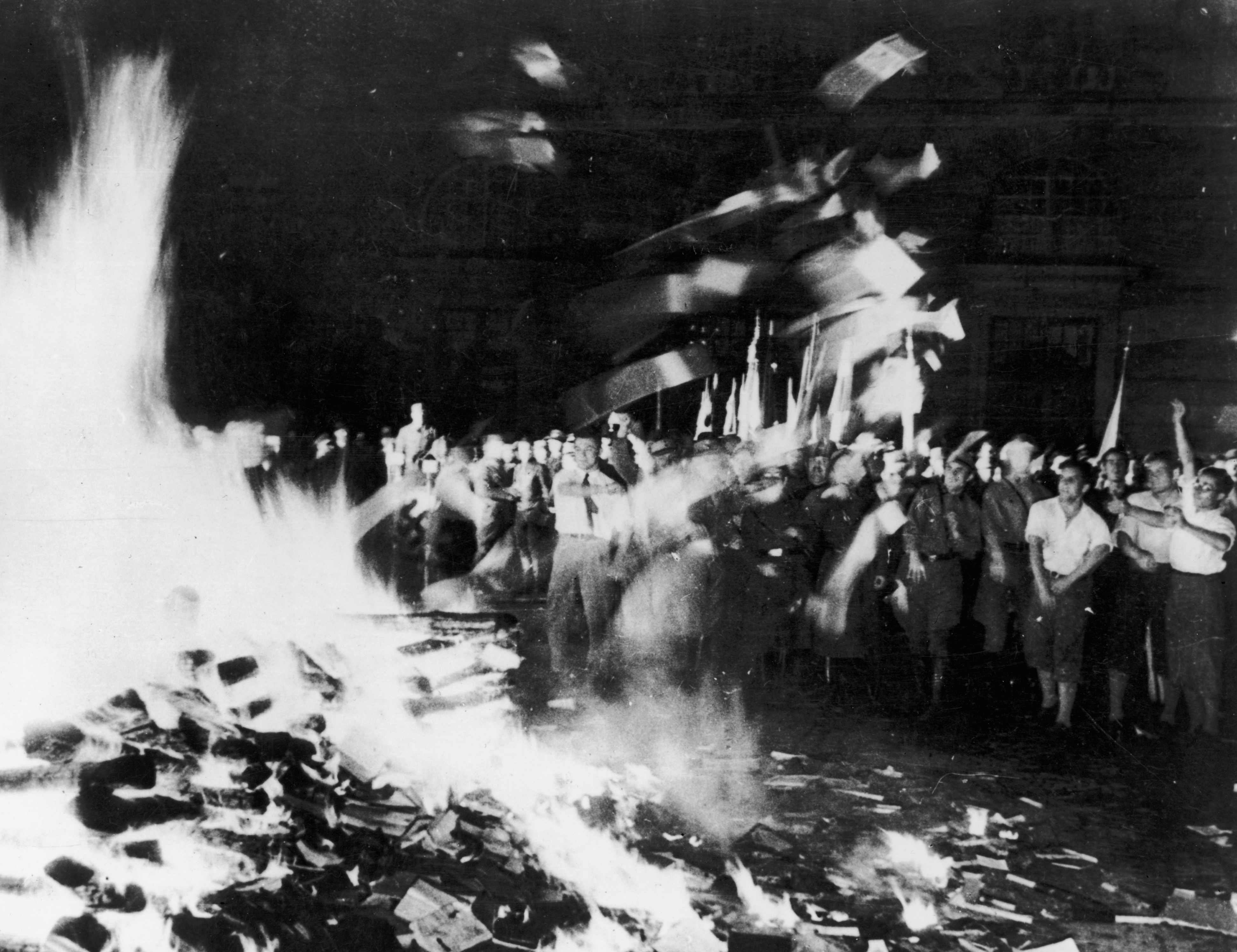How the practice of “racecraft” produces the illusion of race

- In Racecraft: The Soul of Inequality in American Life, sociologist Karen E. Fields and historian Barbara J. Fields explore the myth of the post-racial society and the spurious ways people conceptualize racism and race.
- Given there’s no meaningful scientific basis for the concept of race, the authors argue that it is the practice of racism that gives rise to the illusion of race; racism does not stem from the “fact” of race.
- “Racecraft,” the authors argue, is a kind of social alchemy that “transforms racism into race, disguising collective social practice as inborn individual traits, so it entrenches racism in a category to itself, setting it apart from inequality in other guises.”
Excerpted from Racecraft: The Soul of Inequality in American Life, written by Karen E. Fields and historian Barbara J. Fields and published by Verso Books.
A Tour of Racecraft
The ideas of racecraft are pieced together in the ordinary course of everyday doing. Along the way, they intertwine with ideas that shape other aspects of American social life. Those of racecraft govern what goes with what and whom (sumptuary codes), how different people must deal with each other (rituals of deference and dominance), where human kinship begins and ends (blood), and how Americans look at themselves and each other (the gaze). These ideas do not exist purely in the mind, or in only one mind. They are social facts—like six o’clock, both an idea and a reality.
Because racecraft exists in this way, its constant remaking constantly retreats from view. This “now you see it, now you don’t” quality is what makes racism—the practice of a double standard based on ancestry—possible. To eliminate racecraft from the fabric of our lives, we must first unravel the threads from which it is woven. Thus, the current guided tour. Its three sections—“From Racism to Race,” “Blood Works,” and “How Americans Look”—are not linear. The sections circuit and overlap, like the social facts of everyday life that they chronicle.
From Racism to Race
Begin with a story about travel in Mississippi circa 1964, a time and place when racecraft daily performed its conjuror’s trick of transforming racism into race, leaving black persons in view while removing white persons from the stage. To spectators deceived by the trick, segregation seemed to be a property of black people, not something white people imposed on them. But Robert S. McNamara, in his memoir of service during the administration of Lyndon B. Johnson, recounts an incident that set all parties on the stage. While addressing business and labor leaders whom he had summoned to the White House to demand their help in passing the Civil Rights Bill, Johnson told his story of the day he and Lady Bird lived Jim Crow. Johnson was speeding along a road in Mississippi with his wife and their black longtime cook, Zephyr, when Lady Bird turned to him and said, “Would you please stop at the next gas station [restroom]?” They stopped. Not long thereafter, Zephyr said, “Mr. President, would you mind stopping by the side of the road?” The President replied with his well-known earthiness, “Why the hell didn’t you do it when Bird and I did?” Zephyr answered, “Cause they wouldn’t let me.” (Notice Zephyr’s “they.”)
At that point in the story, “LBJ pounded on the table and in a bitter voice said, ‘Gentlemen, is that the kind of country you want? It’s not the kind I want.’” For a brief moment, Johnson had lived Jim Crow as Zephyr did. Ordinarily, white Southerners experienced Jim Crow as law and order, not as the ever-present disorder it was for black Southerners. So white Southerners did not notice, or need to notice, their own presence on the Jim Crow stage. McNamara’s anecdote recaptures a moment when Jim Crow inconvenienced the President of the United States. The disorder engendered by racecraft did not end with Jim Crow. What better typifies it than being killed by mistake, as happened not long ago to an Afro-American police officer?
While pursuing a car thief, the officer was shot to death by a white brother officer, who took him for a criminal. The instant, inevitable—but, upon examination, bizarre—diagnosis of many people is that black officers in such situations have been “killed because of their skin color.” But has their skin color killed them? If so, why does the skin color of white officers not kill them in the same way? Why do black officers not mistake white officers for criminals and blaze away, even when the white officers are dressed to look like street toughs? Everyone has skin color, but not everyone’s skin color counts as race, let alone as evidence of criminal conduct. The missing step between someone’s physical appearance and an invidious outcome is the practice of a double standard: in a word, racism. It was his fellow officer, not his skin color, that caused the black officer’s death. Even so, the fellow officer was devastated by his error and its fatal consequence. His grief and that of other white officers visibly weighed down the sad procession in blue that conducted the dead policeman toward his final rest. Racism did not require a racist.
It required only that, in the split second before firing the fatal shot, the white officer entered the twilight zone of America’s racecraft. “Minority” ranks alongside “the color of their skin” as a verbal prop for the mental trick that turns racism into race. The word slips its literal meaning as well as its core definition, which is quantitative. Vice President Spiro Agnew once demonstrated the trick unconsciously. Responding to a question about American policy toward the white supremacist regime in what was then Rhodesia, he said it was no business of the United States how other countries dealt with their “minorities,” by which he meant the country’s black majority. The quantitative meaning slips again in the paradoxical formula “majority minority,” referring to the projected numerical predominance of non-white persons in the United States in the not-so-distant future. If the logic were harmless, it would be hilarious.
But “minority” is not harmless. Zigzagging between quantitative and invidious meanings, it justified a dragnet in September 1992 in which officers rounded up all the black and Hispanic men and some women in Oneonta, New York. Police deployed the dragnet after an elderly white woman, victim of an attempted armed robbery, described her assailant as a black male, possibly young and with an injured wrist. Is it imaginable that police would round up, detain, question, and search every white person in a town because an elderly victim of attempted armed robbery described her assailant as a white male, possibly young and possibly with an injured wrist? Would they, furthermore, obtain lists of all white students on the local campus of the State University of New York, question them, and check their arms for signs of injury; detain white men found arriving in or leaving the town by bus; pull over cars carrying white persons; and even stop a white female admissions officer en route to visit her ailing grandmother? When a group of students posed that hypothetical question to a police official, he answered that it would not have been “practical.” Practical hid the qualitative and invidious meaning of “minority” inside the quantitative one. It would not have been practical to arrest and search every white man in town over a vague suspicion attaching to one; neither would it have passed muster as legitimate police work.





